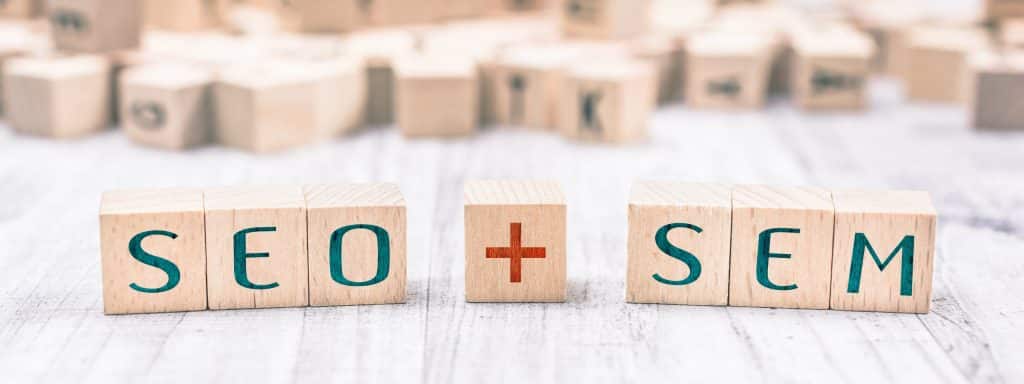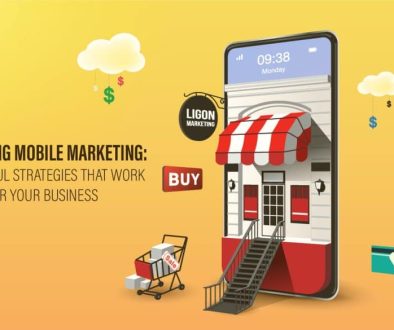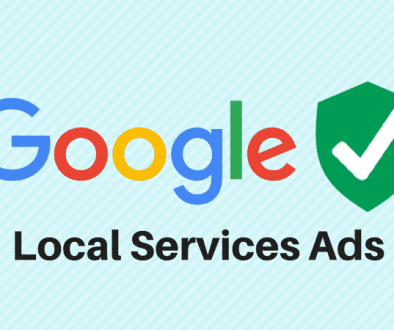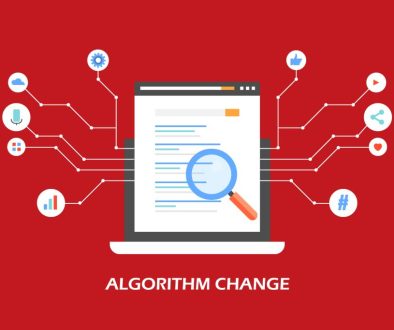SEO vs. SEM: Competing Strategies or Better Together?
Search engine optimization (SEO) and paid search engine marketing (SEM) are two essential strategies in a comprehensive digital marketing plan. While both SEO and SEM have a similar overarching goal – to drive high-quality traffic to your website – they use different tactics to reach your target audience.
For a long time now, many marketers have approached SEO and SEM as individual silos. But the truth is that SEO and paid search aren’t competing strategies. On the contrary, they’re highly interrelated and can drive better results for your business when they work together.
Keep reading to explore how SEO and SEM work independently, and how you can effectively use them together.
What Is Search Engine Optimization (SEO)?
Search engine optimization (SEO) is the process of optimizing a website and other online content to rank on the first page of search engine results pages (SERPs) and increase web traffic to a landing page, blog article, or website. Google and other search engines use multiple ranking factors to determine where content shows up on SERPs.
SEO includes improving website pages, blog pages, landing pages, and other content using some – and preferably all – of the following techniques.
- On-page SEO. The primary best practice for on-page SEO is inserting relevant, targeted keywords into the on-page copy, title tag, meta description, alt image text, and URL. Optimizing your webpages and blogs with relevant keywords will help Google understand what your content is about and put it in front of people searching for your products and services.
- Technical SEO. Technical SEO involves optimizing the backend structure and organization of your website to help Google crawl and index the site. Specific elements include site speed, site architecture, mobile friendliness, and security. Along with helping Google index your site, technical SEO strategies like improving site speed and mobile friendliness help visitors navigate your website quickly and easily.
- Off-page SEO. Off-page SEO is designed to show Google that your website is credible and authoritative by linking it to other high-quality sites around the web. Best practice strategies for reputation building include backlinking, guest blogging, and social media sharing.
- User signals. Along with the ranking factors listed above, Google uses signals like clickthrough rate (CTR), bounce rate, relevancy, and freshness to determine page rankings on SERPs. If your content is fresh and highly relevant to the keywords users are searching, you’ll attract more clicks and engage visitors on your site for longer. In return, Google will reward these positive user interaction signals with higher rankings for your content.
Having a comprehensive SEO strategy offers several benefits to your business. SEO is a leading driver of website traffic and brand awareness online. Research shows that organic search results have higher CTRs than paid ads across the web. Furthermore, search engine optimized content is a sustainable source of web traffic and clicks for your business in the long term. And finally, publishing highly relevant and educational content in the form of web pages and blogs improves your credibility and authority to website visitors.
What Is Search Engine Marketing (SEM)?
Paid search engine marketing (SEM) is the process of using paid advertising to rank on the first page of SERPs. Like SEO, the goal of SEM is to drive more traffic to your website or landing page. But unlike SEO, SEM isn’t an organic strategy – instead, you’re paying Google or another search engine for ad space.
How do you land an ad on the first page of Google search results? Google determines ad placement based on the following factors.
- The purpose of paid SEM is to get your ad to rank on the results page when users search for keywords that are relevant to your business. To that end, you can choose specific, targeted keywords and place a bid on them. Your maximum bid is the amount of money you’re willing to pay when a user searches the keyword and clicks on your ad. Google uses your maximum bid amount to help determine ad ranking and placement when several ads are competing for the same spots.
- Quality score. Paid advertising often gets a bad reputation for being “pay to play,” with the highest bidders winning the best ad spots. But it’s in Google’s best interests to show users the most relevant ads to their queries, not simply the most expensive. That’s why your ad’s Quality Score is just as (and perhaps even more) important than the maximum bid. Google determines the Quality Score of your ad based on expected CTR, ad relevance, and landing page experience.
Targeted and compelling paid advertising offers several benefits to your business. SEM campaigns generate near-instantaneous results – you can expect to see clicks within hours after launching a campaign. They’re an excellent way to boost immediate brand visibility and web traffic. Additionally, paid ads are highly targetable. You have the power to push ads to the demographics, locations, and interests that are the most likely to take an action on the ad.
How Do SEO and SEM Work Together?
SEO and paid SEM are not competing strategies. Individually, each marketing approach is designed to bring more brand awareness and targeted, high-quality traffic to your website. But together, SEO and SEM build on each other to strengthen your marketing efforts.
Here are a few key ways SEO and paid search can work together within your overall digital marketing plan.
- Short-term traffic. SEO takes time to see results, especially if your website is new. But paid search ads rank and see results quickly, in as little as a few hours in many cases. Implementing a paid search campaign to generate clicks and traffic can help your company achieve short-term growth while you wait for your SEO efforts to start paying off.
- Long-term growth. While SEO takes longer to produce results, it’s a more sustainable strategy to generate traffic, clicks, and brand visibility in the long term. Optimized websites, blogs, and landing pages can keep driving web traffic as long as they rank. Over time, your team can update and refresh old content to maintain good rankings in Google and continue drawing traffic.
- Brand visibility. Together, SEO and SEM can improve your brand visibility on SERPs. A strategic marketing effort to target specific, highly relevant keywords can position your brand to rank above-the-fold for a paid ad and below-the-fold for organic listings. Appearing multiple times on the results page is a fantastic way to improve brand visibility and awareness and increase credibility and trustworthiness among your audience.
- Keyword insight. SEO and SEM rely on keywords at the core of each strategy. You can maximize your keyword gains by gleaning insights from both approaches and using them to guide future SEO and paid search strategies. For example, since SEM generates rapid, measurable results, you can use the data from paid campaigns to identify and analyze the best-performing keywords and incorporate them into SEO content. And if you already have optimized website or blog content that performs well, use that information to help guide SEM campaign creation.
- If you have the budget, short-term SEM campaigns are great testing grounds for experimenting with new keywords, new copy and visuals, and new landing page formats. As previously, mentioned, paid search drives rapid, measurable results. New keyword testing or A/B testing for ad copy and graphics is a useful way to gain insight into what’s resonating with your audience.
Ready to Get Started With SEO and SEM?
At Ligon Marketing, digital marketing is what we do best. If you’re struggling to see results from your marketing efforts, we highly recommend seeking help from an experienced digital marketing, search engine optimization, and paid search specialist like Ligon Marketing. From start to finish, our team will help you create and launch a digital strategy that helps you achieve your marketing and ROI goals. Call us today at 863-838-5475 or drop us a message online.

